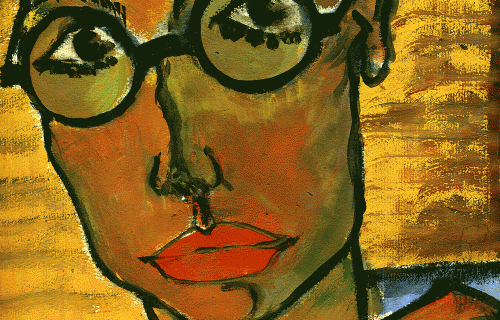

MODERNISM, MADNESS AND THE AMERICAN DREAM

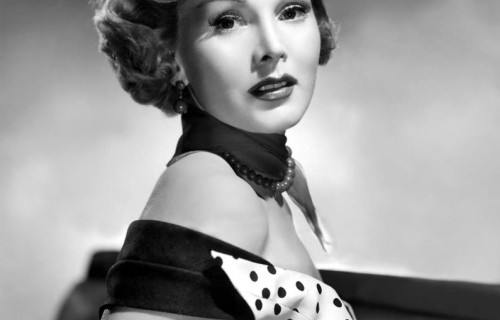
Paul was born into an upper-middle class Jewish family. There were firm expectations about who he should become. He told me: “I had the feeling that my future was completely planned by my family. They knew what I should do and who I should marry and I think that was part of my rebellion.” Young […]
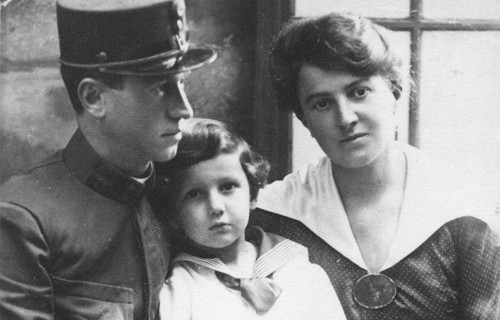
From the childhood of the Restless Hungarian… The Hungarian word for motion picture theater, mozi, was coined in 1907. The American word movie came into usage one year later. Movies came early to Budapest. The pomp and circumstance of royalty was a popular topic in the first Hungarian newsreels. Otto von Habsburg, the […]

As a boy Pali Weidlinger was forced to take fencing lessons. He was never much of a sportsman… and he absolutely loathed fencing. In the 1930s duels were still frequent in Hungary. Being good with a foil or a sabre ensured that you would be able to defend your honor. Among university students dueling […]
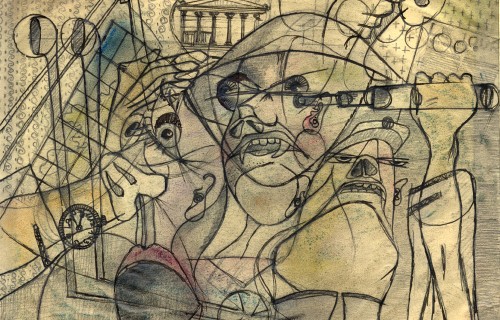
When I found a stack of poems, in Hungarian, dating from the 1930s I hoped I had a trove that would yield the secrets of Paul Weidlinger’s teenage years. It turns out that most of them are drivel (sort of what you’d expect from a teenage boy) but there is a particularly dark one that […]
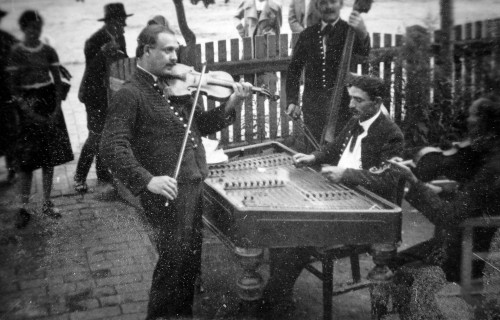
In 1934 a nineteen-year-old adventurer, Patrick Leigh Fermor, crossed Europe from the hook of Holland to Constantinople. He travelled mostly on foot. He was the same age as my father. A passage from his beautiful travel memoir, written years later, inspired this blog post. Fermor wrote, in Between The Woods and The […]
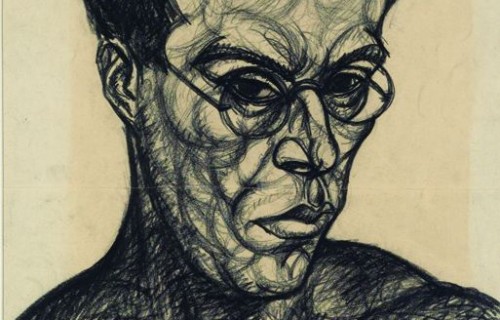
László Moholy-Nagy was an important person in my father’s life. Moholy-Nagy or just Moholy as he often called, was one of the key figures of the Bauhaus Movement and School, founded by German architect Walter Gropius. The Bauhaus ideal was to foster a culture in which ordinary, everyday utilitarian objects, buidings, furniture, textiles, utensils were designed […]

There is one machine that my father would have relished explaining to Madeleine Friedli, the woman who would become my mother: The lift that carried passengers from the ground to the second stage of the Eiffel Tower. During 1937 my parents met for romantic weekends in Paris when they could scrape together the train […]
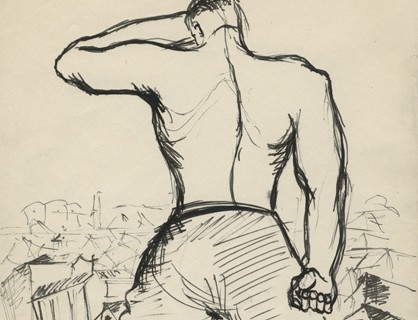
Previously, in The Pavilion of New Times, Paul encountered the work and ideas of the great French architect, Le Corbusier at the 1937 Paris International Exposition. A few months later he is given the chance to apprentice to the master… In London Pál worked happily for Moholy-Nagy for a year, (as described in Beauty, Art, and The […]
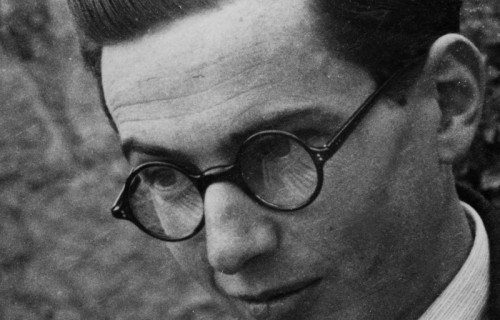
While apprenticed to the famous architect Le Corbusier in Paris, Paul struggled to formulate his own ideas on architecture, amid the cacophony of theories and slogans being bandied about by Modernists. Scribbling in cafes and on park benches, on long summer evenings and weekends, he wrote a rambling manifesto. Its introduction is a […]